- Home
- stock market
- RANKED: All 50 states and DC, from least to most average
RANKED: All 50 states and DC, from least to most average
51. District of Columbia

50. Hawaii

What's not average: Unsurprisingly, Hawaii has by far the largest proportion of residents who identify as Native Hawaiian and Pacific Islander of any of the states, at 8.8% of the population, far above the 0.3% average among the states. Similarly, 36.1% of the population of Hawaii identifies as Asian, nine times the 4.0% average.
What's average: Hawaii's GDP per capita of $56,996 is very close to the average GDP per capita of $56,602.
49. Alaska

What's not average: Alaska has the highest proportion of men — 52.6% — of any state. The average sex breakdown among the states is 49.4% male. Unsurprisingly, 13.3% of Alaskan residents identify as American Indian/Alaska Native, the highest ratio among the states and far above the average proportion of 1.4%.
What's average: About 29.7% of Alaskans have a bachelor's degree or higher, just below the average rate of 30.3%.
48. California

What's not average: California is the most populous state, with about 39 million people. On average, states have a population of about 6.3 million. Individual households in California also tend to be larger than average, with 2.97 people per household, compared to the average among the states of 2.59 people.
What's average: About 91.4% of Californians have health insurance, just above the average rate of 91.3%.
47. New York

What's not average: New Yorkers have a much longer commute than most Americans, with an average travel time to work of 33.1 minutes, about a third longer than the average among the states of 24.4 minutes. Those commutes are likely to involve modes of transit other than a car: Just 70.8% of households in New York have at least one car, well below the average rate of 91.8%.
What's average: New York's August 2016 unemployment rate of 4.8% was just above the average state unemployment rate of 4.7%.
46. Mississippi
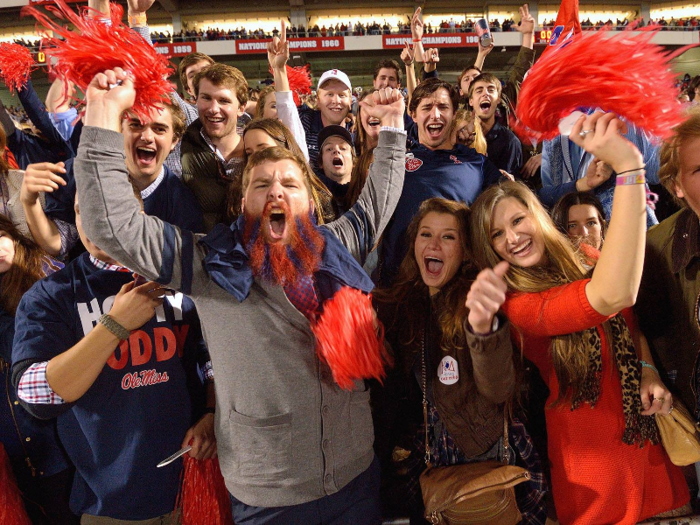
What's not average: Mississippi has the largest black population among the states, second only to DC, with 37.6% of the population identifying as non-Hispanic black alone. The average black population among the states and DC is about 11.0%, less than a third of Mississippi's proportion.
What's average: The average commute to work in Mississippi was 24.3 minutes, just below the average among the states of 24.4 minutes.
45. Utah

What's not average: Utah has a lot of families with children. 37.2% of households are families with children under 18, the highest rate among the states and DC. Relatedly, the median age is much lower than average, at just 30.6 years, far below the average among the states and DC of 38.1 years.
What's average: About 14.8% of households in Utah speak a language other than English at home, just about equal to the average proportion among the states and DC.
44. New Jersey
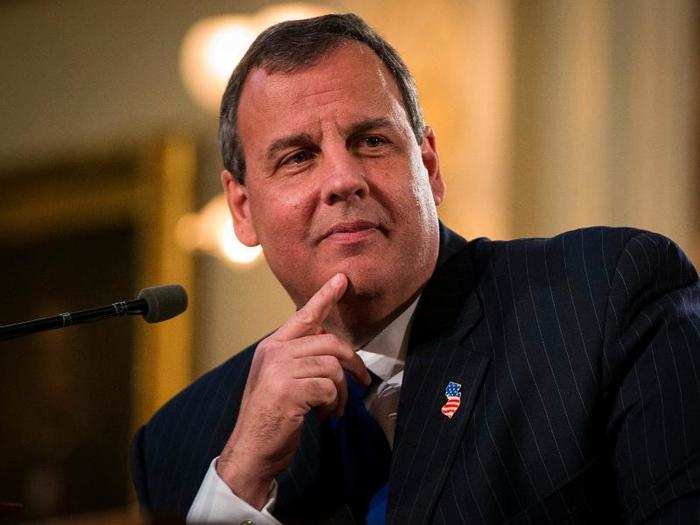
What's not average: New Jersey residents are less mobile than other Americans. Only 9.8% of the population moved in the last year, well below the average rate among the states and DC of 15.4%. Housing is also more expensive than elsewhere: The median homeowner with a mortgage had $2,349 in monthly costs, above the average of $1,463.
What's average: Marriage rates in New Jersey are close to average. 46.7% of women in the state and 51.2% of men were married, similar to the respective averages of 46.8% and 49.5%.
43. West Virginia

What's not average: Just 25.3% of West Virginia households are families with children under the age of 18, a few points below the average among the states and DC of 27.2%.
What's average: West Virginia's sex ratio is very close to the norm. 49.3% of West Virginians are male, just below the average of 49.4%.
42. Massachusetts
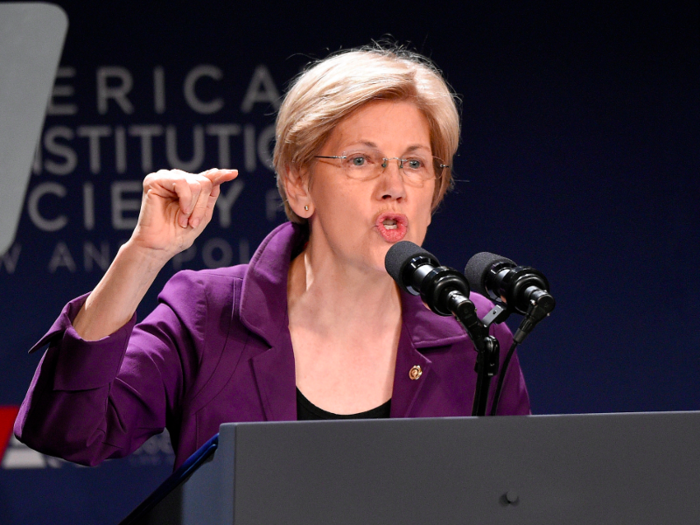
What's not average: Massachusetts is extremely well educated: 41.5% of residents have at least a bachelor's degree, well above the average rate among the states and DC of 30.3%.
What's average: Massachusetts has a population of about 6.8 million, very close to the average state population of 6.3 million.
41. New Mexico

What's not average: New Mexico has a large American Indian population, with 8.5% of the population identifying as non-Hispanic American Indian/Alaska Native, much higher than the average rate among the states and DC of 1.4%.
What's average: About 63.7% of houses in New Mexico are detached one-family homes, just above the average proportion of 62.8%.
40. North Dakota
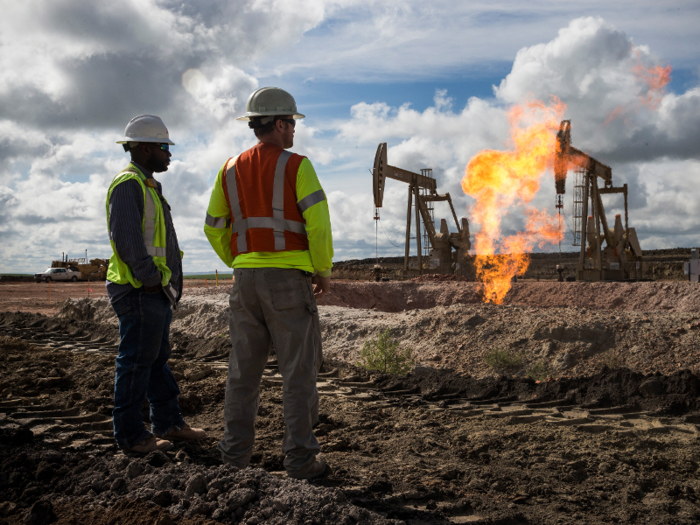
What's not average: North Dakota's August 2016 unemployment rate of 3.1% was much lower than the average state unemployment rate of 4.7%. North Dakota had the highest fertility rate of any state, with 71 births per 1000 women between the ages of 15 and 50.
What's average: About 13.6% of housing units in North Dakota were vacant in 2015, just above the average vacancy rate among the states and DC of 13.3%.
39. Texas
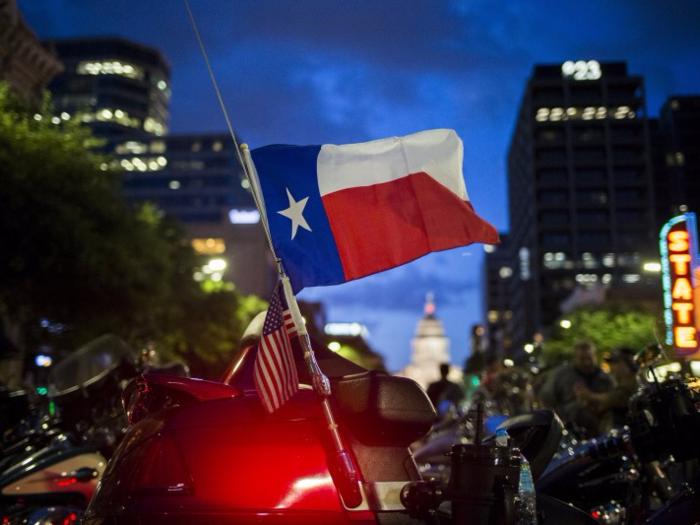
What's not average: Texas is the second biggest state by population, with 27.5 million residents. Many of those residents identify as Latino: 38.9% of Texans identified as Hispanic or Latino of any race, much higher than the average proportion among the states and DC of 11.5%.
What's average: Texas' economy falls right in the middle of the states. Per capita GDP in Q1 2016 was about $57,100, just above the average of $56,600.
38. New Hampshire
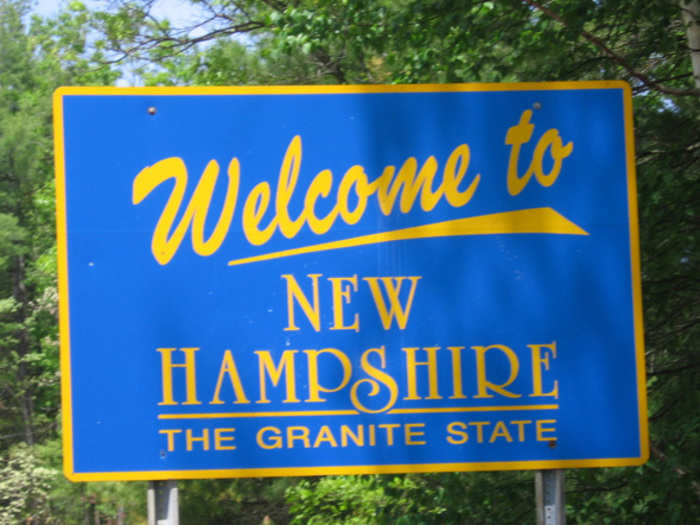
What's not average: New Hampshire had the lowest August 2016 unemployment rate in the country at just 3.0%, well below the average state unemployment rate of 4.7%. The median household income in New Hampshire was about $70,300, much higher than the average of $56,400.
What's average: About 12.9% of Granite State residents had at least one disability, just below the average rate of 13.2%.
37. Maine

What's not average: Maine's population is the oldest in the country, with a median age of 44.6 years, well above the average among the states and DC of 38.1 years. Maine also has an extremely high housing vacancy rate, with 25.2% of units empty, nearly twice the average vacancy rate of 13.3%.
What's average: Among Maine residents over the age of 25, 30.1% have at least a bachelor's degree, just below the average rate of 30.3%.
36. Arkansas

What's not average: 17.1% of Arkansas residents had at least one disability, well over the average rate among the states and DC of 13.2%.
What's average: The median age in Arkansas was 37.9 years, just below the average of 38.1 years. Also, 27.2% of Arkansas households are families with their own children under the age of 18, matching the average proportion among the states and DC.
35. Vermont

What's not average: Vermont's August 2016 unemployment rate of 3.3% was well below the average rate among the states and DC of 4.7%. There were only 40 births in Vermont for every 1,000 women between the ages of 15 and 50, lower than the average of 53.
What's average: Vermont's median household income of about $57,000 was just above the average of $56,400.
34. Maryland

What's not average: Maryland is well-educated, with 38.8% of residents over the age of 25 holding at least a bachelor's degree. The average rate among the states and DC was just 30.3%. Commutes are long, with the average travel time to work coming in at 32.6 minutes, about a third again as long as the average of 24.4.
What's average: Maryland's median age of 38.3 years was just a hair above the average of 38.1 years.
33. Louisiana
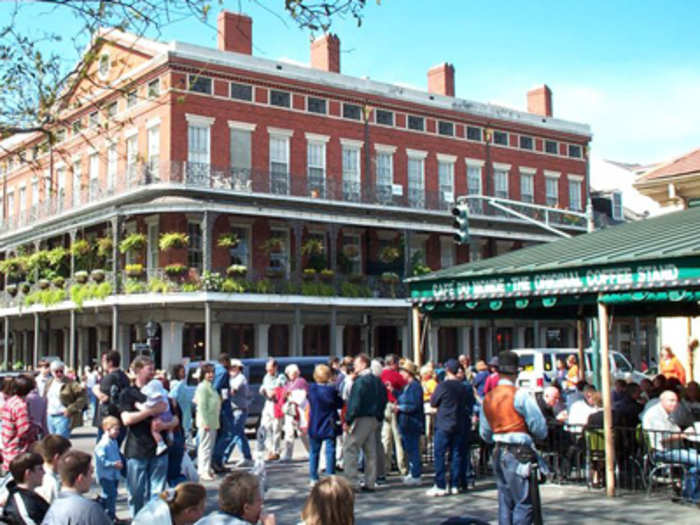
What's not average: Marriage rates are lower than average in the state. 44.9% of male Louisiana residents over the age of 15 were married, compared to the average rate among the states and DC of 49.5%. For Louisiana women, just 41.2% were married, well below the average rate of 46.8%.
What's average: Despite below-average marriage rates, 27.2% of Louisiana households were families with children under the age of 18, closely matching the average proportion.
32. Connecticut
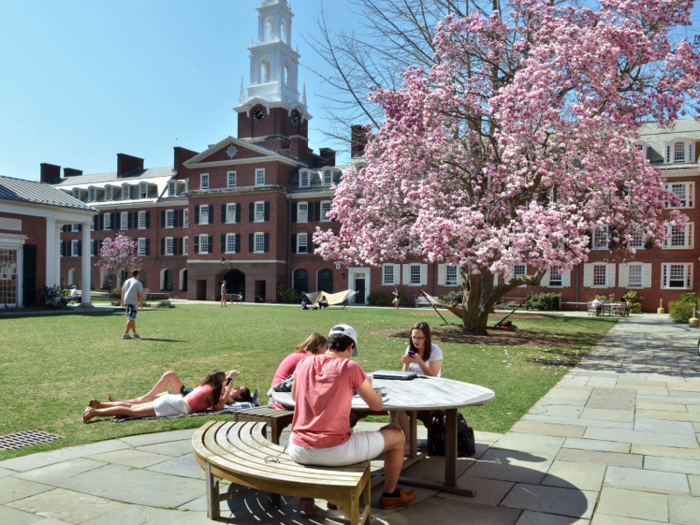
What's not average: Only 6.2% of Connecticut residents were veterans, somewhat lower than the average rate among the states and DC of 8.4%. Connecticuters were more likely to stay in the same homes: 12.5% of households said they had moved in the last year, below the average proportion of 15.4%.
What's average: The median household in Connecticut had 2.59 people living in it, matching the average among the states and DC.
31. Idaho

What's not average: The housing stock in Idaho is newer than in many other states: 26.7% of housing units in the state have been built since 2000, compared to the average proportion among the states and DC of 17.9%.
What's average: About 12.1% of Idaho's residents identify as Latino or Hispanic of any race, quite close to the average proportion of 11.5%.
30. Montana
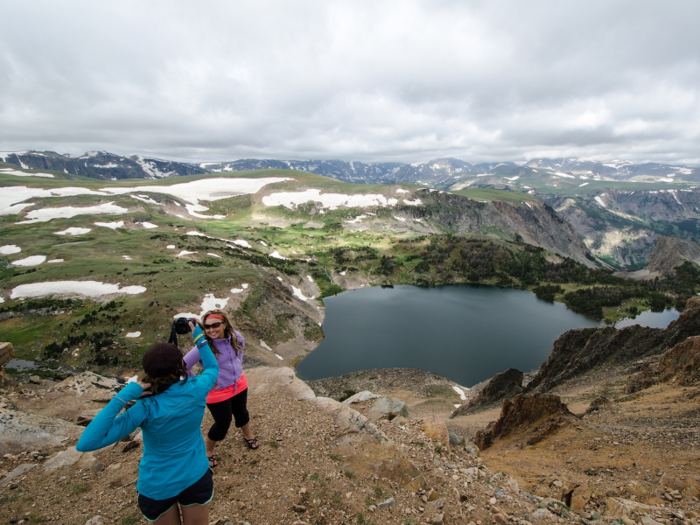
What's not average: Only 2.1% of Montana residents were born outside the United States, far below the average rate among the states and DC of 9.3%.
What's average: Montana's median home value was $209,500, very close to the average value of $213,000. Also, Montana's poverty rate of 14.6% was only slightly higher than the average rate of 14.2%.
29. South Dakota
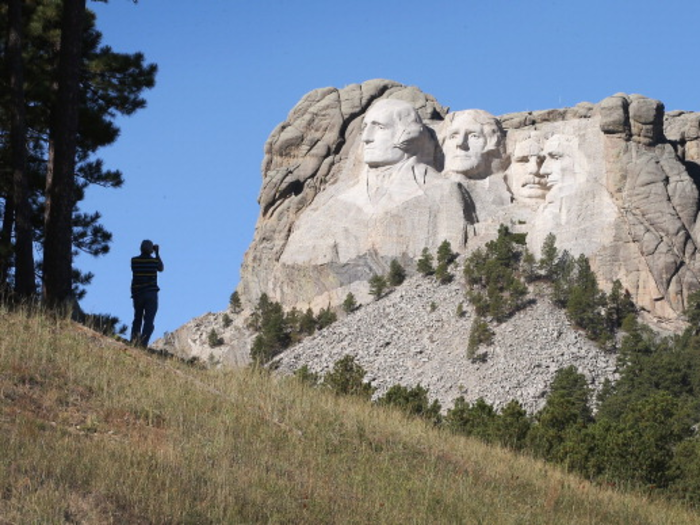
What's not average: Among South Dakota residents, 7.9% identify as American Indian/Alaska Native, far higher than the average proportion among the states and DC of 1.4%. South Dakotans also enjoy a short commute, with a mean travel time to work of just 16.9 minutes, well below the average of 24.4 minutes.
What's average: Kansas' Q1 2016 GDP per capita of $55,000 is very close to the average of $56,600.
28. Alabama
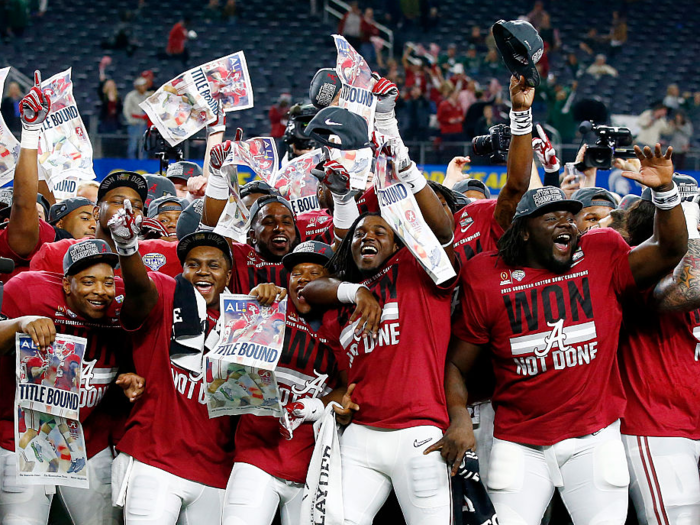
What's not average: Alabama has a larger than average black population: 26.7% of the state's residents identified as black or African American, more than twice the average fraction among the states and DC of 11.0%.
What's average: The median age of Alabama residents was 38.7 years, just the average of 38.1 years.
27. Florida

What's not average: In line with its reputation as a retirement destination, Florida's median age of 41.8 years is a good bit higher than the average among the states and DC of 38.1 years. Florida also has a large Latino population, with 24.5% of residents identifying as Hispanic or Latino of any race, well above the average proportion of 11.5%.
What's average: Florida's August 2016 unemployment rate of 4.7% matches the average state unemployment rate.
26. Nevada
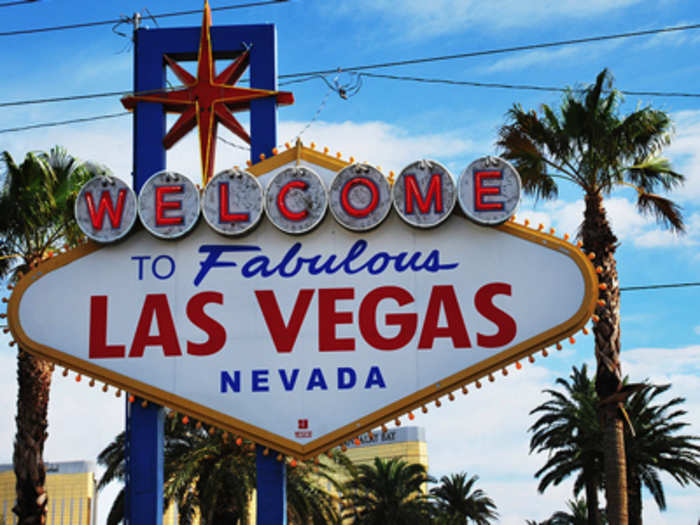
What's not average: Nevada is a very racially diverse state, with only 50.5% of residents identifying as non-Hispanic white alone, far below the average proportion among the states and DC of 68.9%. As a corollary, 30.2% of Nevadans speak a language other than English at home, more than double the average rate of 14.8%.
What's average: 27.1% of households in Nevada are families with children under the age of 18, just below the average rate of 27.2%.
25. Wyoming
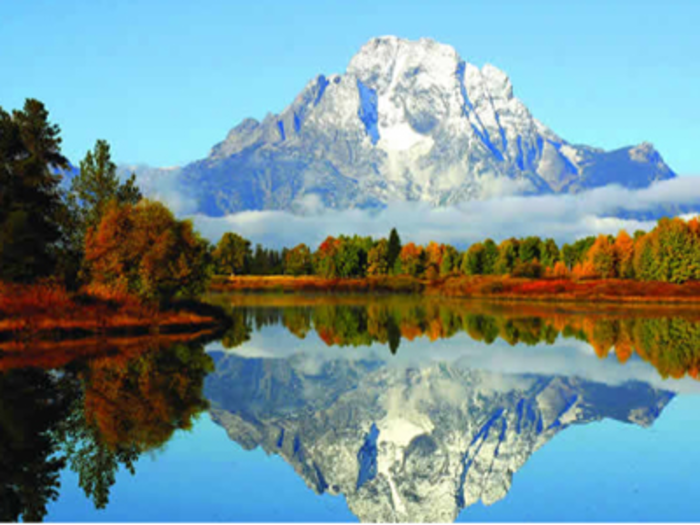
What's not average: Marriage rates in Wyoming are above average: 53.5% of male residents over the age of 15 were married, well above the average rate among the states and DC of 49.5%. Meanwhile, 52.5% of similarly aged female residents were married, also above that average rate of 46.8%.
What's average: 64.7% of homes in Wyoming are detached single-family houses, just slightly above the average proportion of 62.8%.
24. Oklahoma
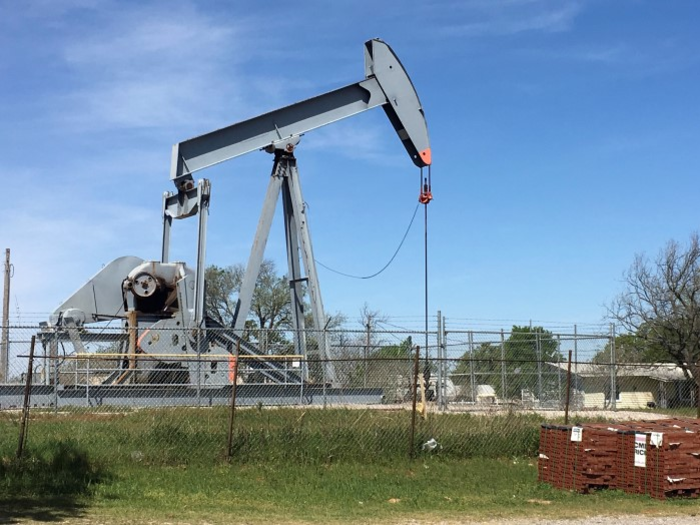
What's not average: About 7.0% of Oklahoma residents identify as American Indian/Alaska Native alone, much higher than the average rate among the states and DC of just 1.4%. Oklahoma has a lower health insurance rate than average, with 86.1% of residents having health insurance in 2015, a few percentage points below the average insurance rate of 91.3%.
What's average: Roughly 18.2% of houses in Oklahoma were built since 2000, just above the average proportion of 17.9%.
23. Iowa
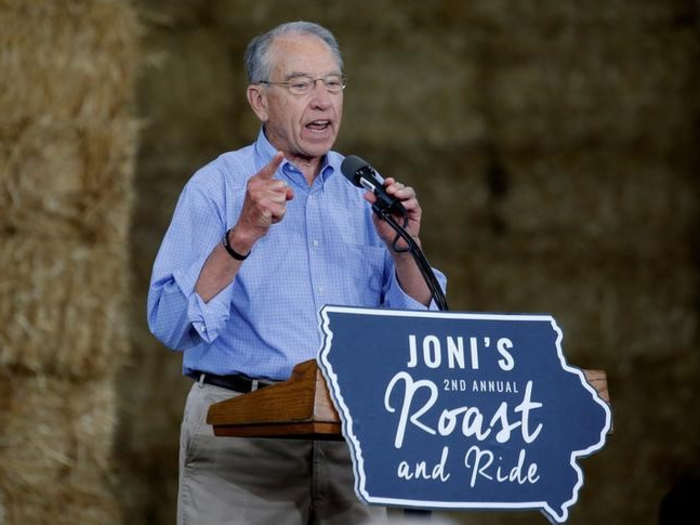
What's not average: Iowans have shorter than average commutes: the mean travel time to work was just 19.0 minutes, quite a bit lower than the average among the states and DC of 24.4 minutes.
What's average: The median age of Iowans was 38.1, matching the average among the states and DC. 8.2% of residents of the state were veterans, just below the average proportion of 8.4%.
22. Kentucky

What's not average: Only 23.3% of Kentucky residents have a bachelor's degree or higher, lower than the average rate among the states and DC of 30.3%.
What's average: In Kentucky, there were 52 births per 1,000 women between the ages of 15 and 50, just below the average rate of 53 births per 1,000 women. Kentucky residents also tend to move homes at about the same rate as the rest of the country: 15.2% of Kentucky households reported moving in the last year, close to the average proportion of 15.4% of households.
21. Nebraska

What's not average: Nebraska's August 2016 unemployment rate of 3.2% was well below the average unemployment rate among the states and DC of 4.7%.
What's average: About 86.7% of Nebraska households had a computer in their homes, close to the average rate of 86.6%. Also, 30.2% of Nebraskans had attained at least a bachelor's degree, just under the average proportion of 30.3%.
20. Colorado
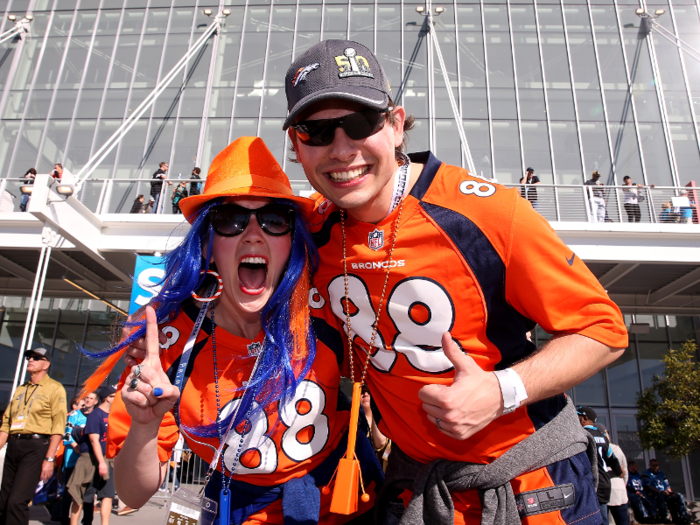
What's not average: The disability rate among Coloradans was just 10.3%, a few percentage points below the average rate among the states and DC of 13.2%.
What's average: The average Colorado household had 2.57 people living in it, just below the average among the states of 2.59 people. Colorado's Q1 2016 GDP per capita of about $58,700 was just above the average of $56,600.
19. South Carolina

What's not average: Like many other southern states, South Carolina has a large black population: 27.2% of South Carolinians identify as non-Hispanic black or African-American alone, over twice the average rate among the states and DC of 11.0%.
What's average: About 62.8% of homes in South Carolina were single-family detached houses, matching the average proportion among the states and DC.
18. Washington
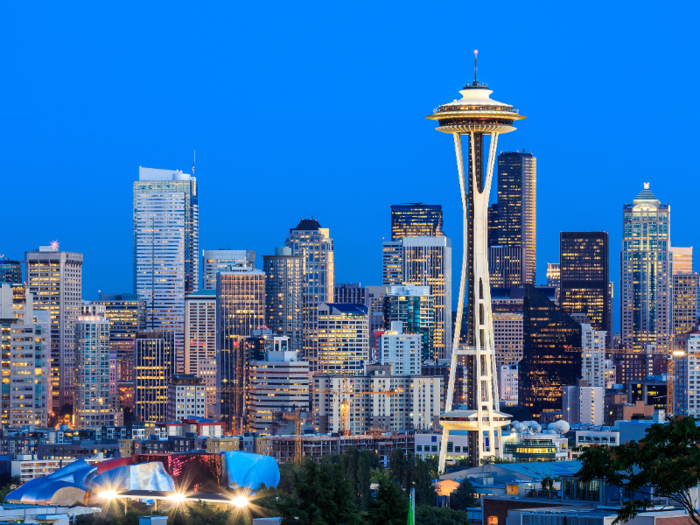
What's not average: Washington's housing vacancy rate of 8.8% was much lower than the average rate among the states and DC of 13.3%. Also, 83.9% of households in Washington had a broadband internet connection, well above the average proportion of 76.2%.
What's average: 93.3% of Washington households have at least one car, close to the average rate of 91.8%.
17. Rhode Island

What's not average: The housing stock in Rhode Island is a bit older than in other states: Just 7.9% of housing units in the state have been built since 2000, less than half the average percentage among the states and DC of 17.9%.
What's average: The median gross rent for apartments in Rhode Island was $938, just slightly above the average of $921. Also, the state's Q1 2016 GDP per capita was $55,200, just below the average of $56,600.
16. Arizona

What's not average: Among Arizonans, 27.1% speak a language other than English at home, well above the average rate among the states and DC of 14.8%.
What's average: Arizona's population of 6.8 million people is pretty close to the average state population of 6.3 million people. Also, the median gross monthly rent for apartments in the state was $933, just above the average of $921.
15. Minnesota
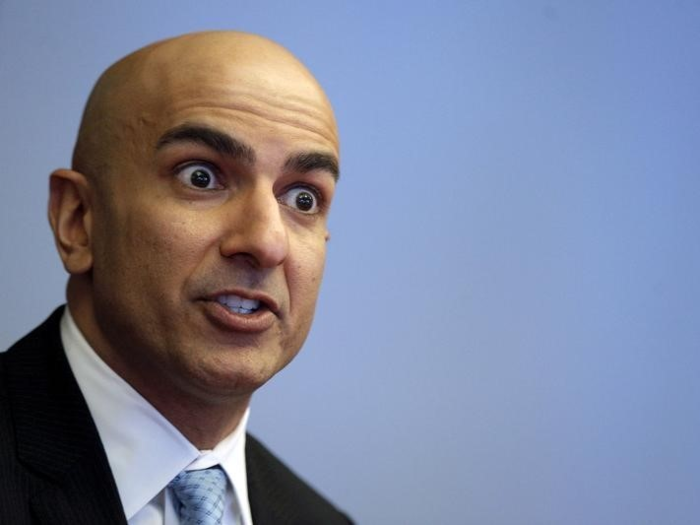
What's not average: Minnesota's poverty rate of 10.2% was quite a bit lower than the average rate among the states and DC of 14.2%. Also, 92.8% of Minnesotans have attained at least a high school degree, a few percentage points higher than the average proportion of 88.7%.
What's average: Median monthly costs for homeowners with a mortgage in Minnesota came out to $1,459, just a couple dollars shy of the average among the states and DC of $1,463.
14. Georgia
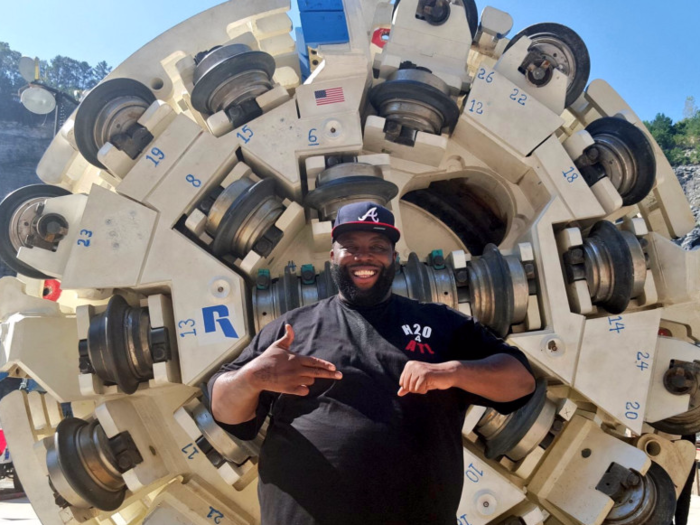
What's not average: Like many other southern states on this list, Georgia is home to a large black population. 30.9% of Georgia residents identified as non-Hispanic black or African-American alone, compared to the average proportion among the states and DC of 11.5%.
What's average: About 29.9% of Georgians had at least a bachelor's degree, just below the average rate of 30.3%. Also, 8.4% of the state's residents were veterans, matching the average proportion.
13. Tennessee
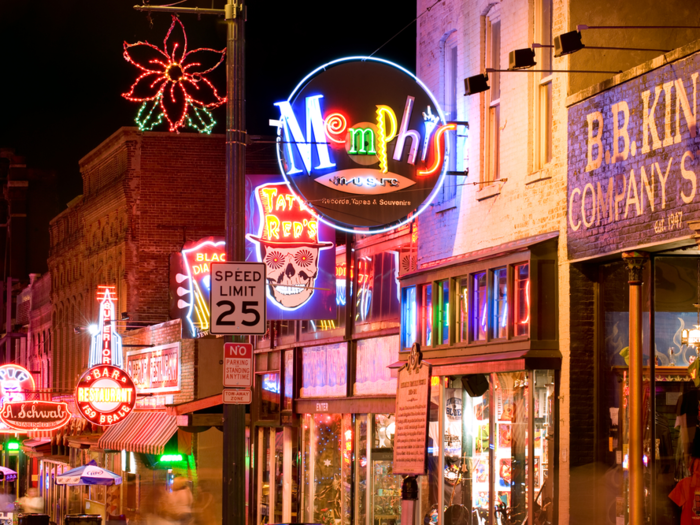
What's not average: Only 70.2% of Tennessee households have a broadband internet connection at home, several percentage points below the average rate among the states and DC of 76.2%.
What's average: The marriage rate among women in Tennessee was 46.6%, just below the average rate of 46.8%.
12. Virginia
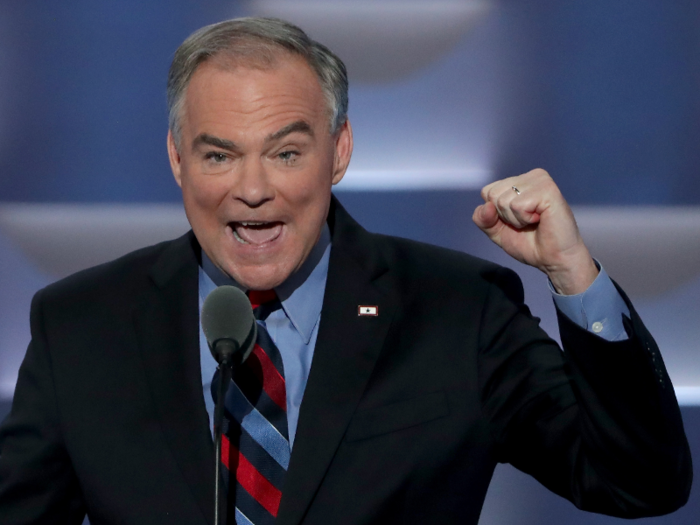
What's not average: The median household income in Virginia was about $66,300, much higher that the average among the states and DC of $56,400. Also, 10.8% of Virginians were veterans, higher than the average rate of 8.4%.
What's average: About 88.9% of Virginians over the age of 25 have attained at least a high school diploma, just above the average rate of 88.7%.
11. Illinois
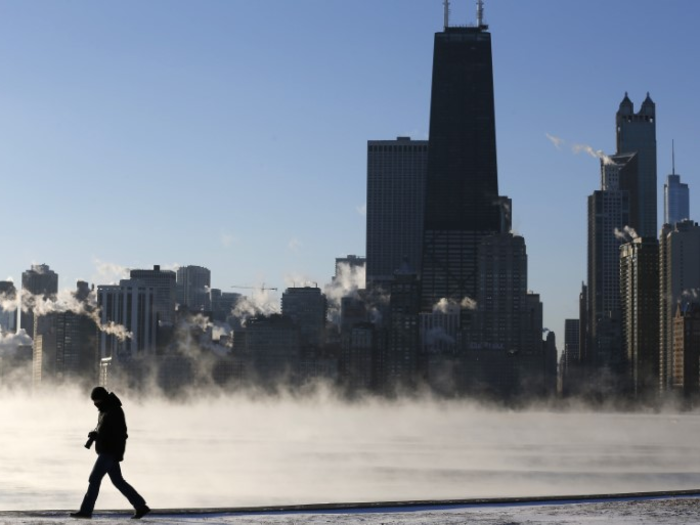
What's not average: Just 10.7% of Illinois residents had a disability, somewhat lower than the average disability rate among the states and DC of 13.2%. Also, the mean commute in Illinois was 28.8 minutes, a bit longer than the average time of 24.4 minutes.
What's average: About 49.2% of male Illinois residents over the age of 15 were married, very close to the average marriage rate for men of 49.5%.
10. Pennsylvania
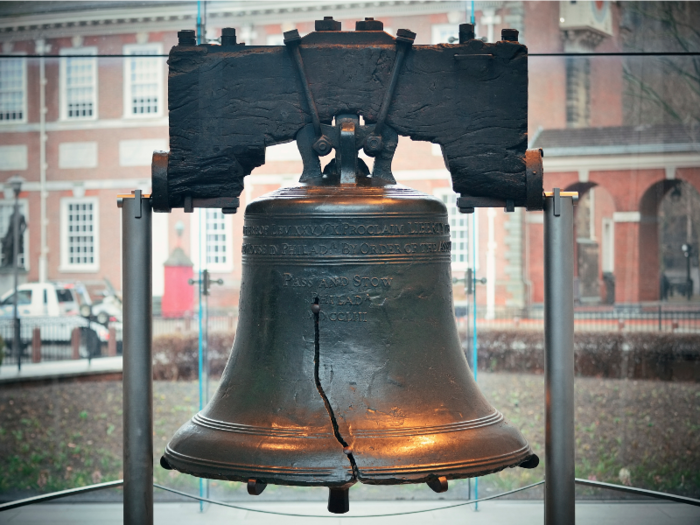
What's not average: Pennsylvanians are a bit less likely to move homes than other Americans. 12.3% of the state's residents moved in the last year, below the average rate among the states and DC of 15.4%.
What's average: Pennsylvania's Q1 2016 GDP per capita of about $54,600 was just below the average of $56,600. Also, 29.7% of Pennsylvania residents over the age of 25 had attained at least a bachelor's degree, just below the average rate of 30.3%.
9. Delaware
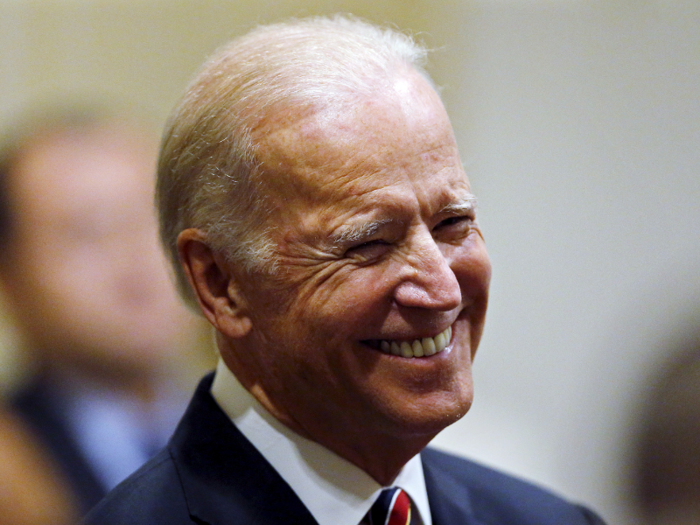
What's not average: Delaware's sex ratio leans more towards women than in most other states: 48.4% of the state's residents are male, a percentage point lower than the average proportion among the states and DC of 49.4%.
What's average: Delaware's foreign-born population makes up 9.3% of the population, matching the average rate.
8. Kansas

What's not average: The average commute for Kansans was 19.0 minutes, quite a bit lower than the average time among the states and DC of 24.4 minutes.
What's average: About 11.6% of Kansans identified as Latino or Hispanic of any race, which is very close to the average proportion of 11.5%. Also, 8.5% of Kansans were veterans, just above the average of 8.3%.
7. Wisconsin

What's not average: Wisconsin, like the rest of the upper Midwest, has a larger white population than many other states. 81.8% of Wisconsin's population identified as non-Hispanic white alone, well above the average proportion among the states and DC of 68.9%.
What's average: Wisconsin's overall population, about 5.8 million, is pretty close to the average state population size of 6.3 million. The state's median household income of $55,600 is also close to the average of $56,400.
6. Ohio

What's not average: Ohio's housing stock is older than average: Only 11.6% of housing units in the state were built since 2000, compared to the average rate among the states and DC of 17.9%.
What's average: Ohio's August 2016 unemployment rate was 4.7%, equal to the average state unemployment rate. 91.6% of Ohioans owned a car, just below the average car ownership rate of 91.8%.
5. Michigan
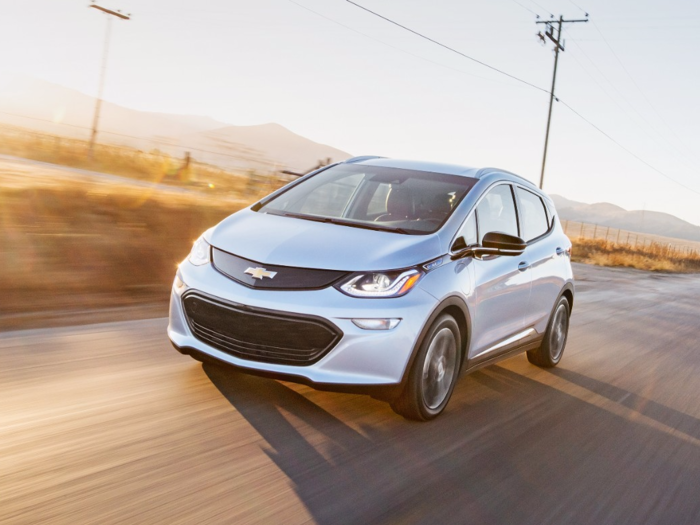
What's not average: Like Ohio, Michigan's housing stock is somewhat older, with just 11.5% of houses built since 2000, below the average proportion among the states and DC of 17.9%.
What's average: The average commute to work in Michigan was 24.4 minutes, equal to the average time among the states.
4. Indiana
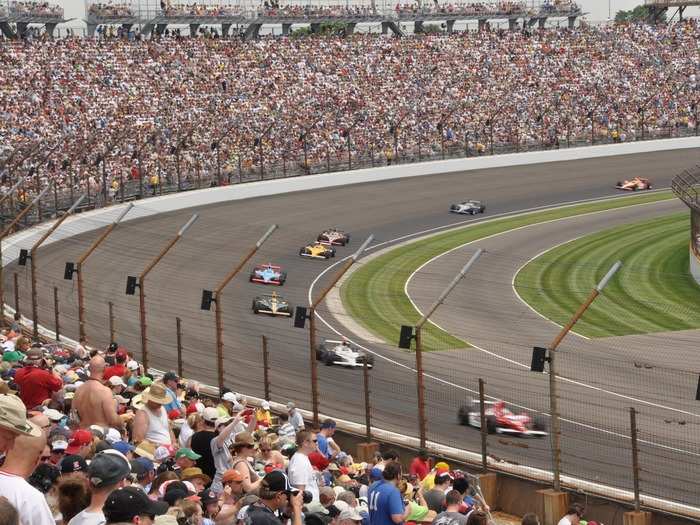
What's not average: The cost of living for homeowners is lower in Indiana than in many other states. The median monthly costs for owning a home with a mortgage in the state was $1,089, well below the average cost among the states and DC of $1,463.
What's average: In Indiana, 49.9% of male residents over the age of 15 were married, close to the average male marriage rate of 49.5%. Meanwhile, 46.8% of Indiana women were married, equal to the average rate.
3. Missouri
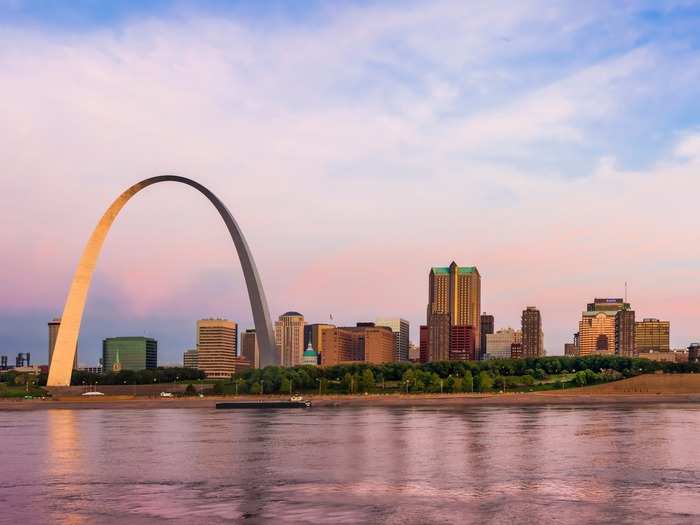
What's not average: The share of Missouri residents that were born outside the US was just 4.0%, less than half the average rate among the states and DC of 9.3%.
What's average: Missouri's overall population of about 6.1 million is pretty close to the average state population of 6.3 million. The state's median age of 38.4 years is just above the average of 38.1 years.
2. Oregon

What's not average: About 17.8% of Oregon residents moved in the last year, higher than the average proportion among the states and DC of 15.4%.
What's average: The fraction of Oregon residents who are male was 49.4%, matching the average sex ratio. 91.8% of Oregonian households had access to at least one car, also matching the average among the states.
1. North Carolina

What's not average: As we've seen before, southern states tend to have large black populations. 21.3% of North Carolinians identified as non-Hispanic black or African American alone, nearly twice the average rate among the states and DC of 11.0%.
What's average: North Carolina was close to average on most of our measures, making it the most average state. One example is that 15.6% of the state's residents moved in the last year, only two-tenths of a percentage point above the average rate of 15.4%.
Popular Right Now
Advertisement